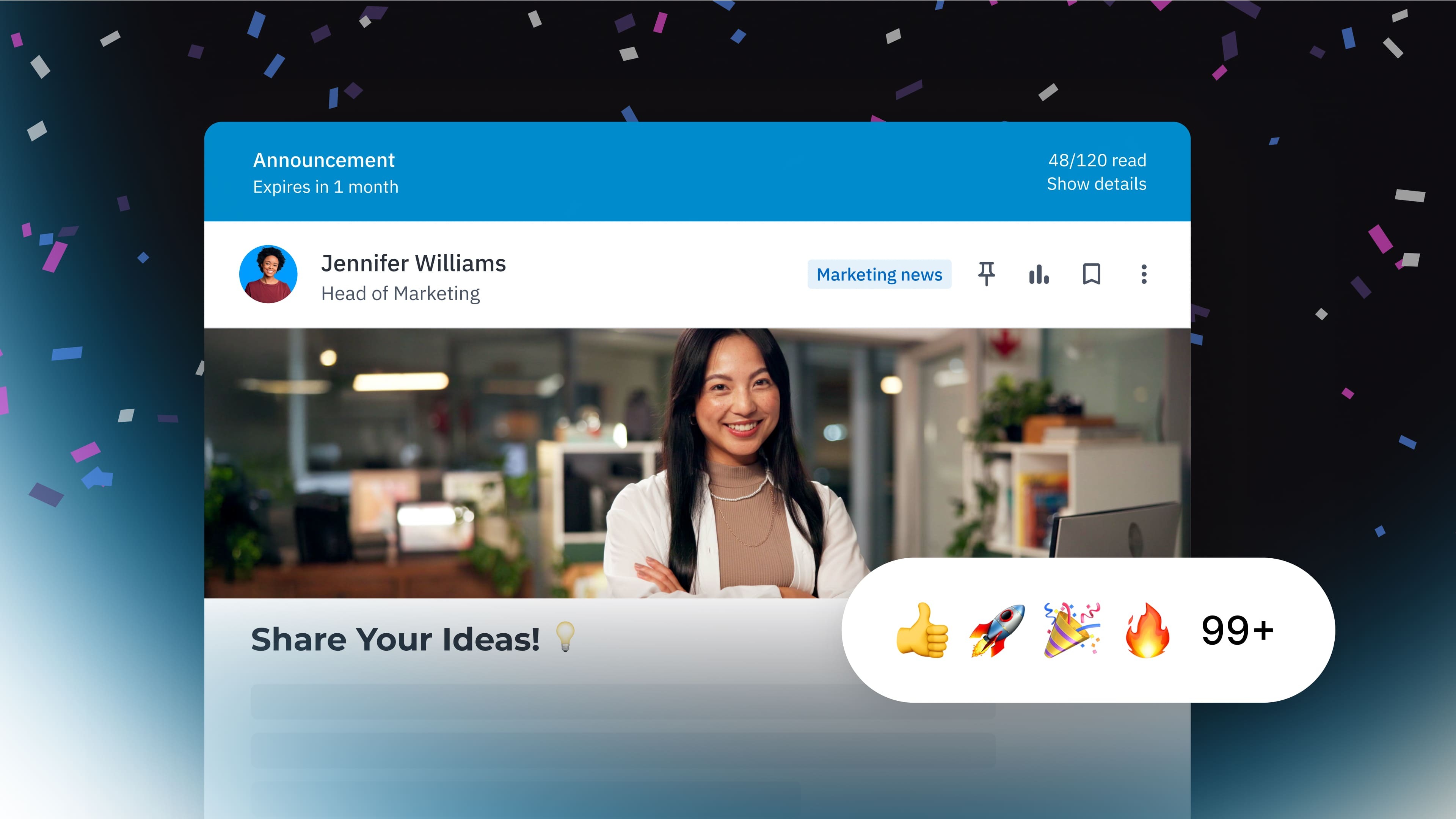
Internal Communications Quick guides
Tips on writing a social-intranet RFP

4 mins read
Start building your digital home with Happeo
Request a demoInternal Communications Quick guides
Product
Features
Solutions
Happeo for
Use cases
Resources
Explore
Support
Available now
Happeo For
Use cases
Comparisons
Explore
Support
Recent

Jonathan Davies
4 mins read
Writing an RFP can seem like a daunting task, but it’s not rocket science.
It takes practice to write one well, but trust us: you have more RFP-writing experience in-house than you know. Whether you’re writing one for a social intranet platform, a Custom Relationship Management (CMS) system or, for that matter, a new bathtub – the principles behind it boil down to the same thing, which is why different departments can likely help out. Unfortunately, for every great RFP there’s a bad one. Vague on detail, bad schematics, unrealistic expectations – it happens. There are a couple of points that are extra important when it comes to writing an RFP for an intranet solution, simply because it’s one of those systems that your entire organization will use and benefit from. The actual specifics per RFP will differ per system.
Here are our tips for writing an RFP on a social intranet platform:
Everyone would prefer to have that pesky RFP sent yesterday. You have to suppress this urge in case of Software as a Service (SaaS) systems like a social intranet. When you set your deadline, carve out the time for that RFP. Ever heard the saying “You can have it good, cheap or fast –pick two?” Removing “fast” from the equation leaves you with something more valuable to the organization in the long run. Another benefit: taking your time usually means you can start thinking about the type of implementation you want for your social intranet platform. That will only help your RFP!
In the end, writing an RFP is like organizing your thoughts in one clear, concise request. You’ll see what you already know and the kind of details you still need to uncover before you’re ready to kick-start implementation.
You are not alone
You’re probably not the first to want to purchase a SaaS system for your organization. Learn from other’s experience and look at previously written RFPs. Find out who made them, call them and ask them to walk you through it. Pay special attention to the questions and formulated problems that drove them to a SaaS solution in the first place. Then look at their compilation of requirements and find out how those came into fruition.
Talk to stakeholders early and often
A lot of organizations will start a tender without involving others. Because a lot of departments benefit from a social intranet platform, a Decision Making Unit (DMU) should always consist of members from across the organization, and should be led by those who will champion the system. It can be challenging to manage a diverse group of stakeholders. Everyone wants to have their say. Make sure that those who do will use all of the system. Usually this is the department or person responsible for Internal Communications or Employee Engagement, but depending on your organization even Finance could be involved, or IT is the main stakeholder. This DMU needs clear direction, so make sure you have C-level buy-in. Often times this is where the end decision is made.
What’s the main use of a social intranet platform? Communication. Whether it is to inform, engage or entertain, a social intranet solution is a powerful communication ecosystem. So what if it can play a role in bridging the gaps that isolated SaaS tools usually form? What if your social intranet solution is the umbrella under which all your organization’s most important digital tools hang?
If your organization has a vast digital toolset, start thinking of how they can integrate with your social intranet. What better way is there to increase adoption?
Think of diagrammes, appendixes, pictures – anything that will help clarify your RFP. Describe your vision, write your RFP and clarify with imagery, diagrammes, tables and flowcharts. The more information you give, the more you set up your social-intranet launch for success. You determine the context in which the social intranet platform will operate, so it’s up to your supplier to form a deep understanding of your situation. That’s why a clear picture of potential risk and problems is key.
And there’s nothing wrong with that. Vendors understand that you aren’t Nostradamus. You can’t always answer the smallest, most detailed questions that suddenly arise during the procurement or implementation process. What a vendor needs is a solid framework of expectations. You can only offer that when your DMU is aligned and your organization’s priorities are clear. That information needs to be presented in a clear, concise manner. The vendor should clearly see what your social intranet platform is meant to accomplish in your corporate environment, and how it will be used.
Write in a team of two
It’s possible to write an RFP by yourself, but two heads are better than one. Especially when that second “head” acts as the editor or technical advisor. That won’t just guarantee complete information, it will also give you that “sanity check” everyone needs when writing large and impactful pieces.
This is usually no problem. Procurement may or may not be a core member of your DMU, it’s still important to get them involved early on. I’ve seen tenders where a decision has been made, only for it to be ruined by over-negotiation due to harsh reduction targets – all because procurement wasn’t clear on the benefit and cost reduction the actual solution would bring.
Your end goal isn’t to successfully integrate or implement a social intranet platform. It’s never about the tool itself. Your social intranet solution should be the kickstart to a communication revolution – one that reaches everyone, everywhere. It’s there to drive change so you can achieve the goals you clearly defined at the start.
